Easy Good Indoor House Plants Low Light
I was not paid to write this post, however, it may contain affiliate links. If you make a purchase through one of my links, I may make a small profit at no expense to you. For further information, please view my policies.
Do you find yourself craving a house filled with plants, yet living in a home with less than favorable lighting conditions?
Afraid of bringing home the wrong plants and having them die a slow and poorly illuminated death?
You are not alone, plant-loving friend!
All you need to do is learn which plants can truly thrive in low light conditions!
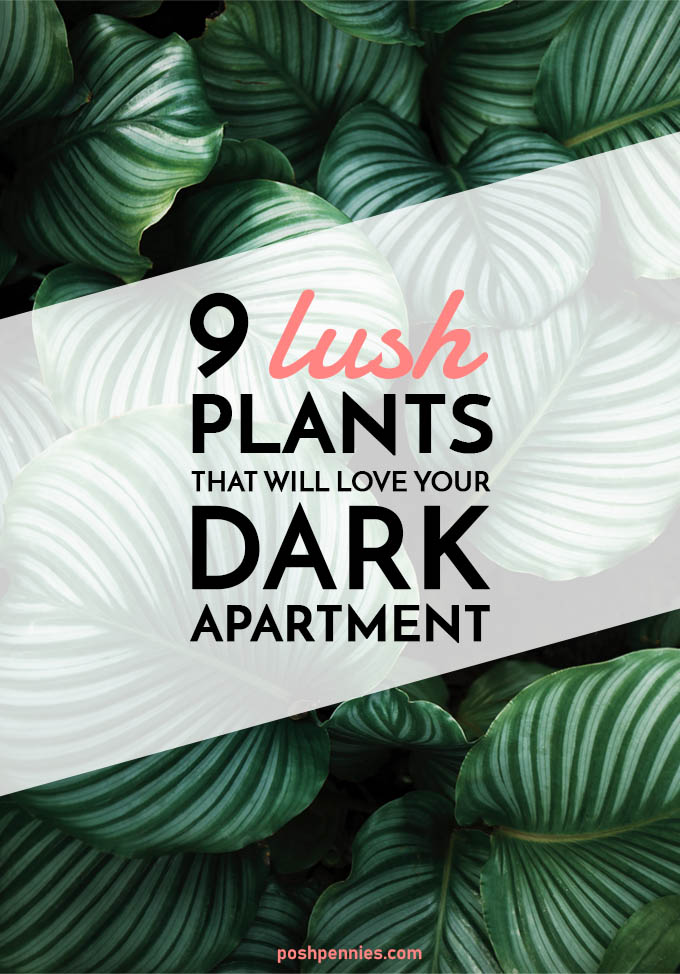
Being a plant addict, I had to do a lot of research on low light plants for our cave-like apartment. I didn't want to spend money on plants that would just die due to a lack of sunlight!
Fortunately, I was happy to discover that there are several gorgeous, amazing, stunning, BEAUTIFUL!!! low light indoor plants, and we're going to look at some of the best ones! Which I also happen to personally own.
You can see in the picture below that we have a massive tree growing right outside our living room.
I love the view, but it also means we get a really low amount of natural light! Even though we're south-facing, our house is still dark most of the day because of that dang tree.
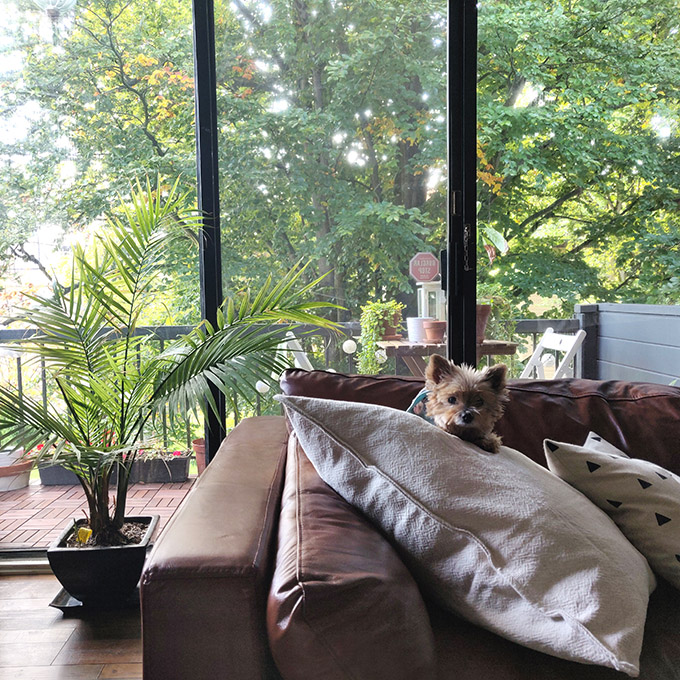
So today, I'll fill you in on all the best low light indoor plants that I know for a FACT will survive in the shade and in dark rooms! *hint – the majesty palm pictured above is NOT on the list! Stay away from those lol, they are so hard to keep alive 😅
Best Low Light House Plants For Beginners
Here is a list of my favorite, low light indoor plants.
They're easy plants to grow indoors that will thrive and look beautiful even if receiving very little light.
As a bonus, they're also great for any beginners out there.
Or for people that are just kinda lazy, but still want attractive plants in their not-super-bright-home (hi, that's me! 🙋♀️).
Just so you know, I own all of the plants listed (and they're all still alive and well 😅), so I speak from personal experience when I say that these plants are all ACTUALLY low light!
Here is the list:
- Peace Lily
- Snake Plant
- African Milk Tree
- Variegated Red Edge Peperomia
- Watermelon Begonia
- Money Tree
- Heartleaf Philodendron
- Swiss Cheese Plant
- Weeping Fig
What Does "Low Light" Really Mean For Plants?
Now let's not get carried away here my planty fronds:
Low light does not mean ZERO light!
Low light plants are typically plants that only receive indirect sunlight, but still manage to survive. They will usually live a good few feet away from a window.
If you have a north-facing window, you can place your plant between 1′ to 3′ away from the window.
If you have an east or west-facing window, you can place your plant between 2′ to 10′ away from your window.
If you have a south-facing window, you can place your plant between 15′ to 20′ away from your window.
If you're wondering if plants can grow without any sunlight whatsoever, they CAN, but only if you use some serious artificial grow lights.
Otherwise, without any light, a plant will eventually die.
👩🏫 Cast your mind back to primary school … do you remember that part where your teacher talked about Photosynthesis? I remember being six years old and really confused about it all. I vaguely remember growing a bean from a plastic cup. So we'll go over it again super quick:
Plants need sunlight in order to photosynthesize. A plant takes carbon dioxide (from the air) and water molecules (from water) and makes food molecules for itself with the help of sunlight. If a plant can't photosynthesize, it dies because it can't feed itself. Conversely, if a plant feeds itself, it grows. Nature is so cool! 😎
Moral of the story: make sure your plant isn't completely starved of light. The worst that can happen is that it will die. At best, it just won't grow.
If you have a windowless bathroom like me, don't put real plants in there. They will eventually die.
For completely windowless rooms, just opt for faux plants instead. A couple of my favorites are artificial fiddle leaf fig trees and bamboo trees. Faux olive trees are also gorge!

9 Low Light Plants That Love The Shade
Peace Lily / Spathiphyllum
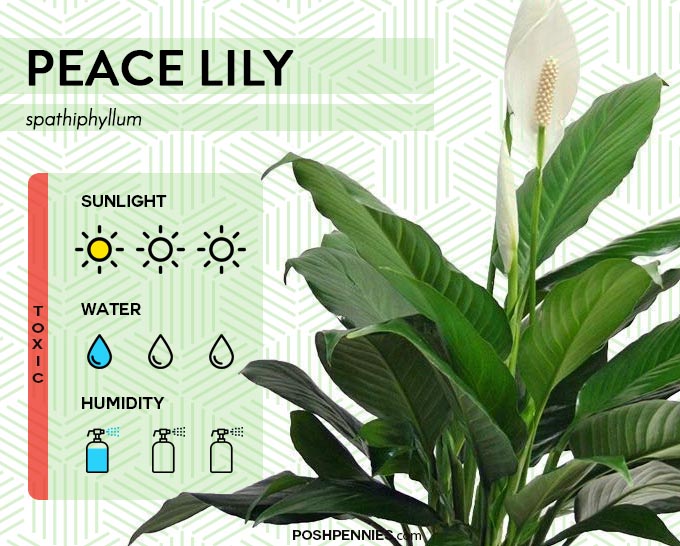
The Peace Lily is a perennial plant with deep green glossy leaves. It produces beautiful white spade-shaped flowers. The flowers last for about two months!
The Peace Lily does phenomenal in low light and low water conditions. If it doesn't get enough light, the plant will not die, but it also might not bloom. Honestly – it's basically immortal.
The Peace Lily is also one of the best houseplants for air purification.
I have had mine for close to 10 years and it still looks just as beautiful as the first day I brought it home. It's also much bigger now, and I've gained several other large plants from it by dividing it!
To be perfectly honest with you, I didn't even change the original soil for the first 7 years 😨 (don't do that). I didn't know you were supposed to! I also didn't fertilize it.
It just goes to show how much you can neglect the Peace Lily without killing it.
If you're wondering how often to water your Peace Lilies, just look at its leaves.
Are they droopy and visibly limp looking? That's the classic signal that it's time for some water. Once you water it, it will be back to its perky self within an hour or two.
I generally water my Peace Lilies once a week but sometimes even less.
Apparently another common name for the Peace Lily is Spath, but I never call it that 😆
Toxic to dogs and cats. ⚠️
How To Propagate Peace Lilies: by dividing the mother plant. Remove a crown section from the mother plant and plant in another pot. If you can, to avoid shocking the new plant, fill the new pot halfway with the mother plant's soil. If the new plant droops initially, don't worry. It just takes some time for it to adapt to its new home.
Shop Peace Lilies on Amazon
Snake Plant / Sansevieria trifasciata
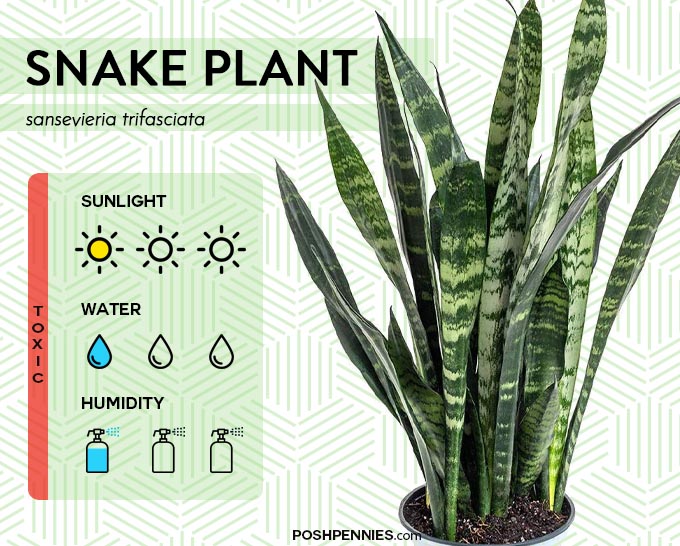
Snake Plants are evergreen perennials with stiff, thick leaves that grow straight up from the soil. Often the leaves have yellow or white markings on them.
Can a Snake Plant grow in low light conditions? Absolutely yes. Mine does!
Snake Plants can live in full sun or in low light, they will adapt to most lighting conditions and won't be fussy! I keep mine in the corner of my bedroom (furthest away from the window) so it only ever gets indirect light.
I water my snake plant about once a month, which might even be a bit too frequent (snake plants will easily rot if overwatered!!)
One thing to keep in mind about Snake Plants is that little mushrooms can sprout near the base sometimes. I'm not sure why this happens, but I have heard that you can just leave them be, as it's normal!
Other common names for the Snake Plant include Mother-in-law's Tongue, Saint George's sword, Viper's Bowstring Hemp and Tiger's Tail.
Toxic to dogs and cats. ⚠️
Shop Snake Plants on Amazon
African Milk Tree / Euphorbia trigona

Although it is known that cacti do well in full sun (desert, obvs! 🌵), the African Milk Tree does absolutely fine in my low light apartment. It may not grow as quickly, but it's not dying either.
The African Milk Tree has an upright stem and branches that also grow upward. It is dark green and has green drop-shaped leaves that grow between the thorns. The Rubra variety will produce red leaves and the stem may even have a reddish tinge! The plant does not flower.
The African Milk Tree can grow up to 8 ft tall and I know this to be true because I have seen it! The plant that I have is actually a cutting from an 8ft tall African Milk Tree that my friend's mother is growing in her living room.
I think you would need to give it a lot of light in order for it to grow so large, so do not expect your plant to grow super quickly if it's placed in indirect light.
Other common names for this plant include Cathedral Cactus and Abyssinian Euphorbia.
Toxic to dogs and cats. ⚠️
Shop African Milk Tree on Amazon
Variegated Red Edge Peperomia / Peperomia clusiifolia 'Jellie'
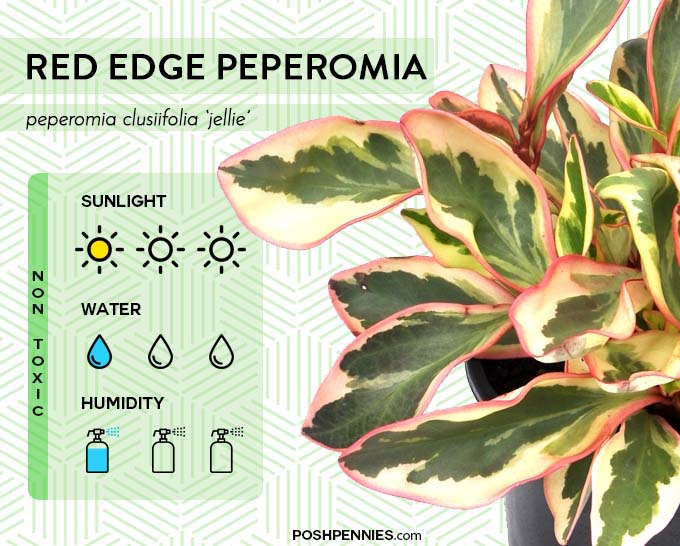
There are a TON of different types of Peperomia (more than 1500 species), and this particular kind loves the shade. The ornamental leaves are variegated with cream, pink, red and green. The leaves and stems have a very fleshy, succulent-like texture.
The Variegated Red Edge Peperomia likes to get fairly dry between waterings. Usually, if you water once a month in the summer and wait about 14 days between waterings in the winter, that's a good watering schedule. Don't over-water!
If you want a more vibrant color in the leaves, you'll need to place the plant closer to the sunlight. Be careful though: if it gets too much sun you'll risk burning the leaves.
This plant is also known as Peperomia clusiifolia "Tricolor" or "Rainbow", Radiator plant, Red Edge Peperomia, Peperomia Ginny.
Non-toxic. ✅
How to propagate a Red Edge Peperomia : You can propagate your Red Edge Peperomia through leaf or tip cuttings. Below I've shared an excellent video that explains Peperomia propagation.
Shop Red Edge Peperomia on Amazon
Watermelon Peperomia/ Peperomia argyreia
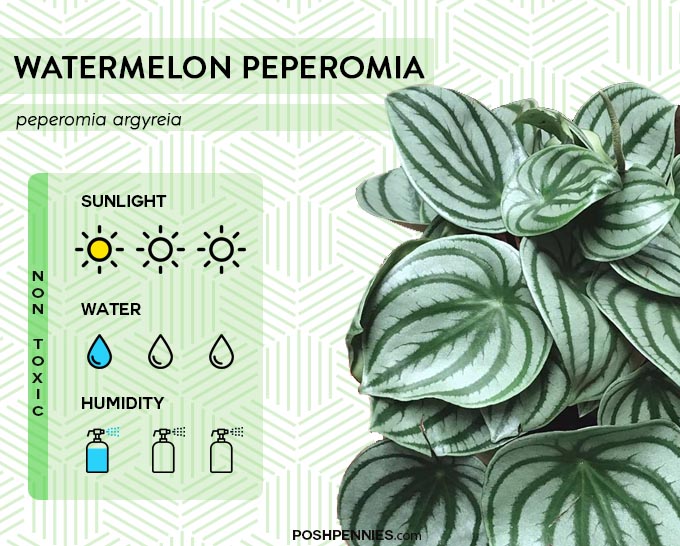
The Watermelon Peperomia is a perennial plant with striped oval green leaves and red stems. In the summer it produces flowers that are quite unspectacular – this plant is all about the leaves, baby!
The Watermelon Peperomia gets its name from the resemblance to a watermelon rind! It's actually another Peperomia species, but as you can see it's entirely different from the previous one we looked at on this list!
Keep this plant away from direct sunlight, allow the top part of the soil to dry out before watering again and don't let it sit in water!
Another common name for the Watermelon Peperomia is Watermelon Begonia.
Non-toxic. ✅
Shop Watermelon Peperomia on Amazon
Money Tree / Pachira aquatica
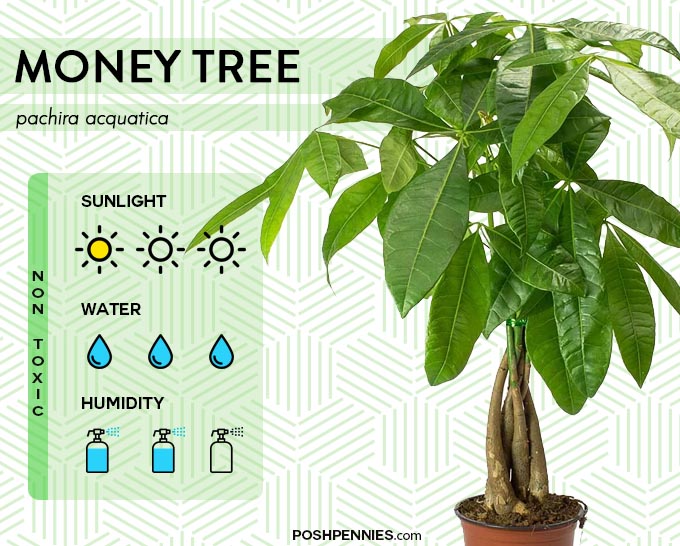
The Money Tree is one of the best low light indoor trees! It does well in indirect light and also loves moist soil. It's a great plant for over-enthusiastic beginners who water a little too often 😅.
The shiney, slightly leathery leaves are very attractive and the plant usually comes with a "braided" base.
I water my Money Tree once a week, but twice is fine as well! Just water it until it starts leaking out of the drainage holes at the bottom. Don't let your Money Tree stand in water.
A well-established Money Tree (about 10″) shouldn't cost you more than $25-30. I got mine at IKEA but you can also get them at places like Walmart and Home Depot.
Other names for the Money Tree are Money plant, Water chestnut, Malabar chestnut, French peanut, Guiana chestnut, Provision tree, Saba nut, Monguba and Pumpo.
Non-toxic. ✅
How to propagate a Money Tree: It is difficult to propagate Money Tree cuttings, but if you wish to try, the best way is by trying with a cutting that has 4-6 leaves. Leave one bare node below the lowest leaves. Dip it in some rooting hormone and plant it in soil. You can also propagate a cutting in water but the root system will not be as strong as with soil propagation.
Shop Money Trees on Amazon
Heartleaf Philodendron / Philodendron hederaceum
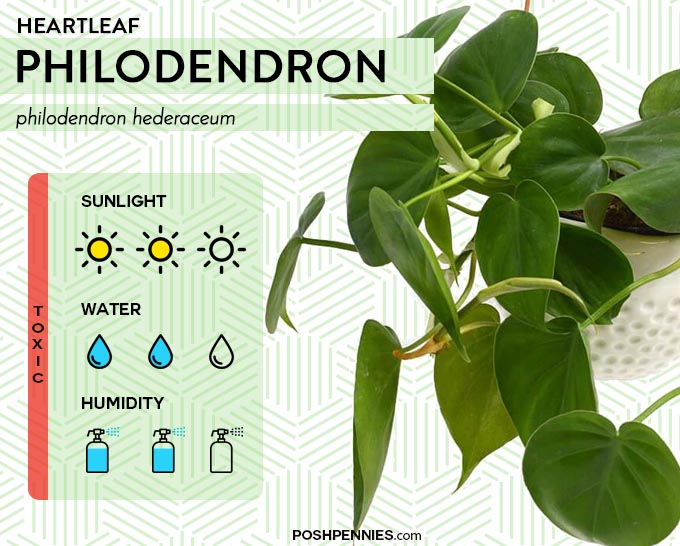
The Heartleaf Philodendron is one of the most forgiving plants you're likely to come across.
Not only is it low-maintenance and low light, but it's also wonderful as a hanging plant.
You can put this plant basically wherever you like and it will survive. I've had mine both in direct sunlight and very far away from any direct light, and it just kept keepin' on no matter what.
My heartleaf Philodendron comes from a plant that's over 20 years old! I grew mine from a cutting I got from my dad 10 years ago. And HIS plant was already 10 years old!
Other common names for the Heartleaf Philodendron are just Philodendron and Sweetheart Plant.
Toxic to dogs and cats. ⚠️
How to propagate Heartleaf Philodendrons: propagate from cuttings and root them either inwater ordirectly in soil. I have done both, and I prefer rooting in soil.
Shop Heartleaf Philodendron on Amazon
Swiss Cheese Plant / Monstera deliciosa
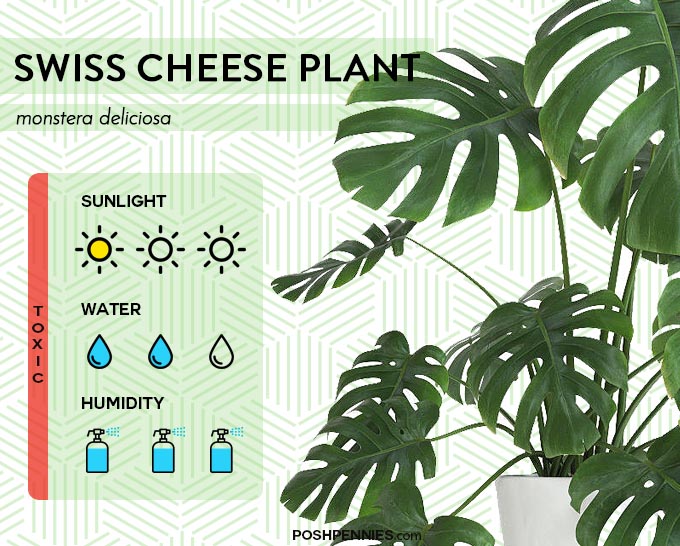
The Swiss Cheese Plant – commonly known as the Monstera – is perfectly suited for low light conditions, though it likes high humidity.
If your plant is young, the leaves will not immediately be split. Your plant will need light in order for the leaves to split. If your Monstera leaves aren't splitting as the plant ages, it's probably due to lack of sunlight.
The Monstera prefers high humidity and the soil should be kept slightly moist at all times. Frost will kill your plant so be sure to keep it warm in the winter months. Monsteras also stop growing if the temperature drops below 10 °C (50 °F).
Other common names for the Swiss Cheese Plant are Monstera, Fruit Salad Plant, Fruit Salad Tree, Ceriman, Cheese Plant, Monster Fruit, Monsterio Delicio, Monstereo, Mexican Breadfruit, Windowleaf, Balazo, Penglai Banana and Split-leaf Philodendron. Phew!
Toxic to dogs and cats. ⚠️
Shop Swiss Cheese Plant on Amazon
Weeping fig / Ficus benjamina
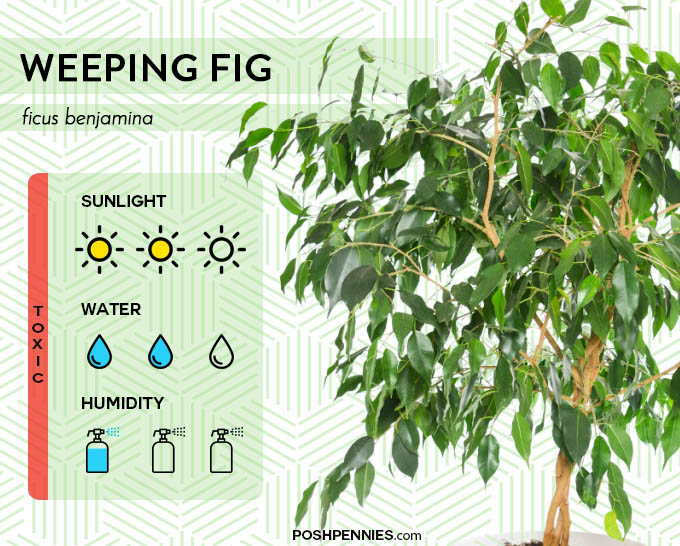
Here's another great low light indoor tree for the list! Unlike its incredibly fussy relative the fiddle leaf fig, the Weeping Fig will do alright in low light situations.
Weeping Figs DO like the sun, just not too much of it.
The way you'll know if the light is TOO low is that your plant will start dropping leaves. If this happens, try to move your plant to a location that receives a little bit more light.
Don't worry about getting humidity right with a weeping fig, just make sure you water it correctly. Watering "correctly" could mean some trial and error and that's ok because the plant will tolerate mistakes. But generally, as with the Monstera, the Weeping Fig's soil should ideally be slightly moist at all times – never soaking and never dry all the way through.
Weeping Figs can be a little intimidating because they're a bit picky about being moved around. If they suffer from too much of a shock when they change environments, they'll drop all their leaves almost straight away; it happened to me and it's distressing to witness 😨. Don't worry though: they recover after a few weeks.
Other common names for the Weeping Fig are Benjamin Fig, Ficus Tree or just Ficus.
Toxic to dogs and cats. ⚠️
Shop Weeping Fig on Amazon
Now, all that's left for you to do is pick which plants you like best and get some cute planter pots!
My Amazon store has a whole section dedicated just to planters – yep I'm obsessed! 😳
And of course, you can never go wrong if you use belly baskets as decorative plant containers!
I really encourage you to embrace indoor plant life and start with one or two of the plants on this list!
Hopefully, now that you are armed with darkness loving planty knowledge, you will spend your hard-earned cash on the right plants for your home!
Do you have any favorite low light indoor plants? I would love to know in the comments! I'm always on the lookout to add more low maintenance plants into my life! 🌱
NEXT UP: Learn about the best easy-care indoor HANGING plants!
Source: https://poshpennies.com/best-low-light-indoor-plants/
0 Response to "Easy Good Indoor House Plants Low Light"
Postar um comentário